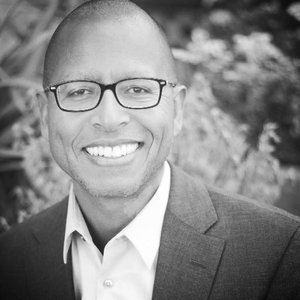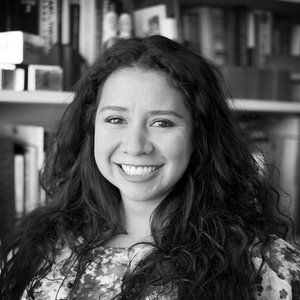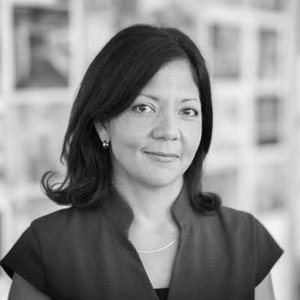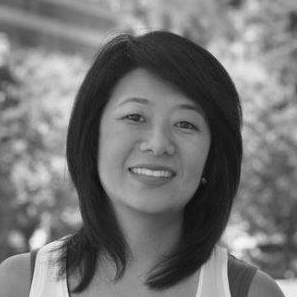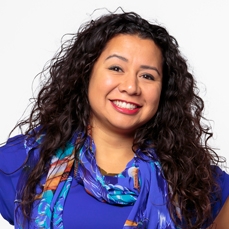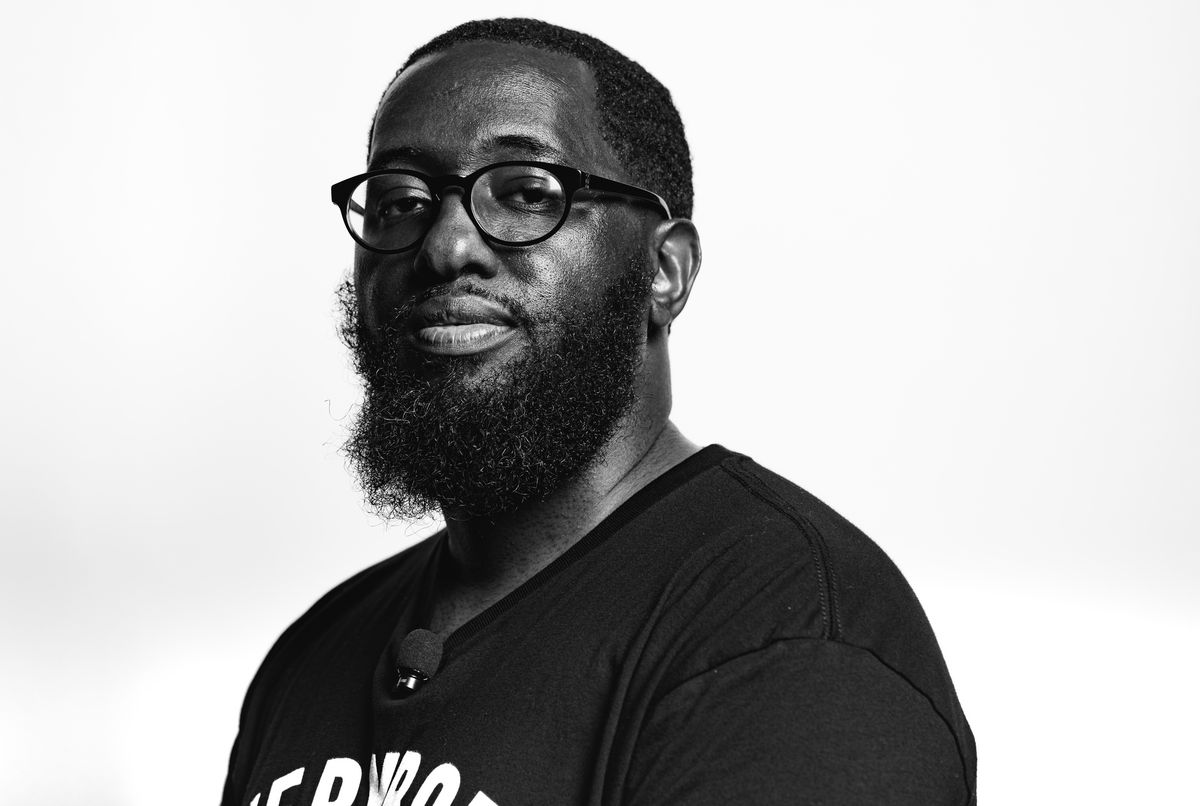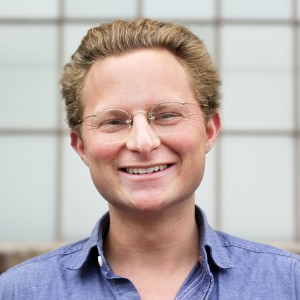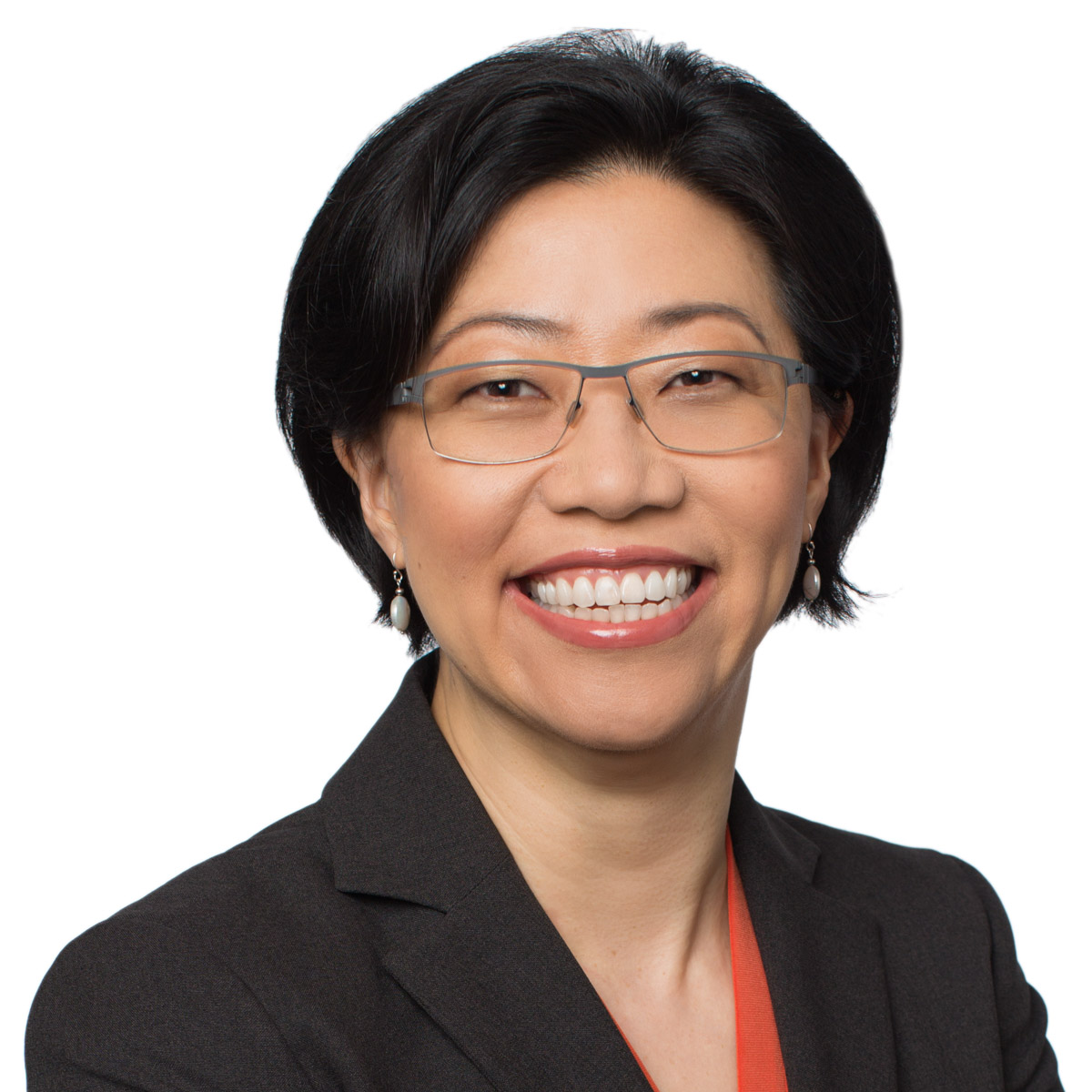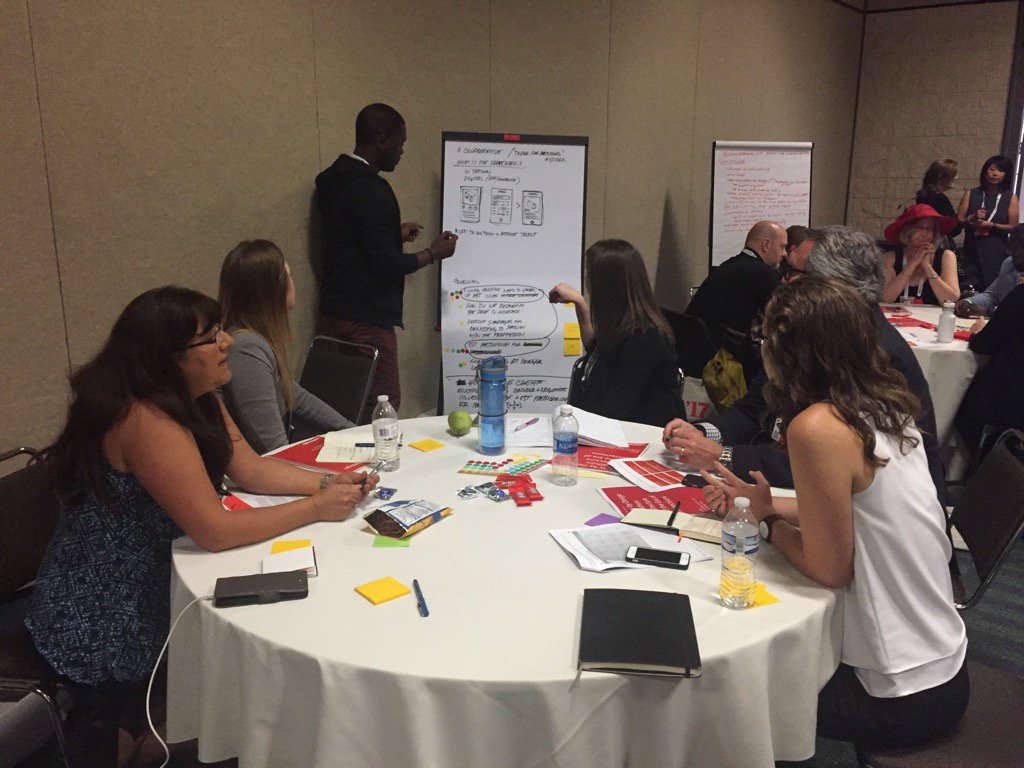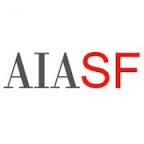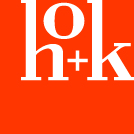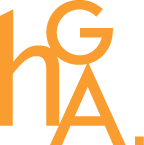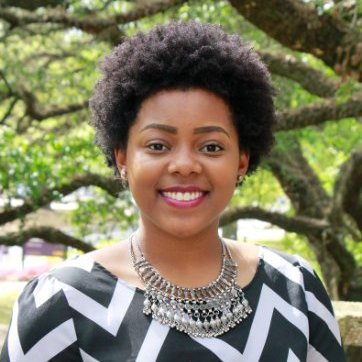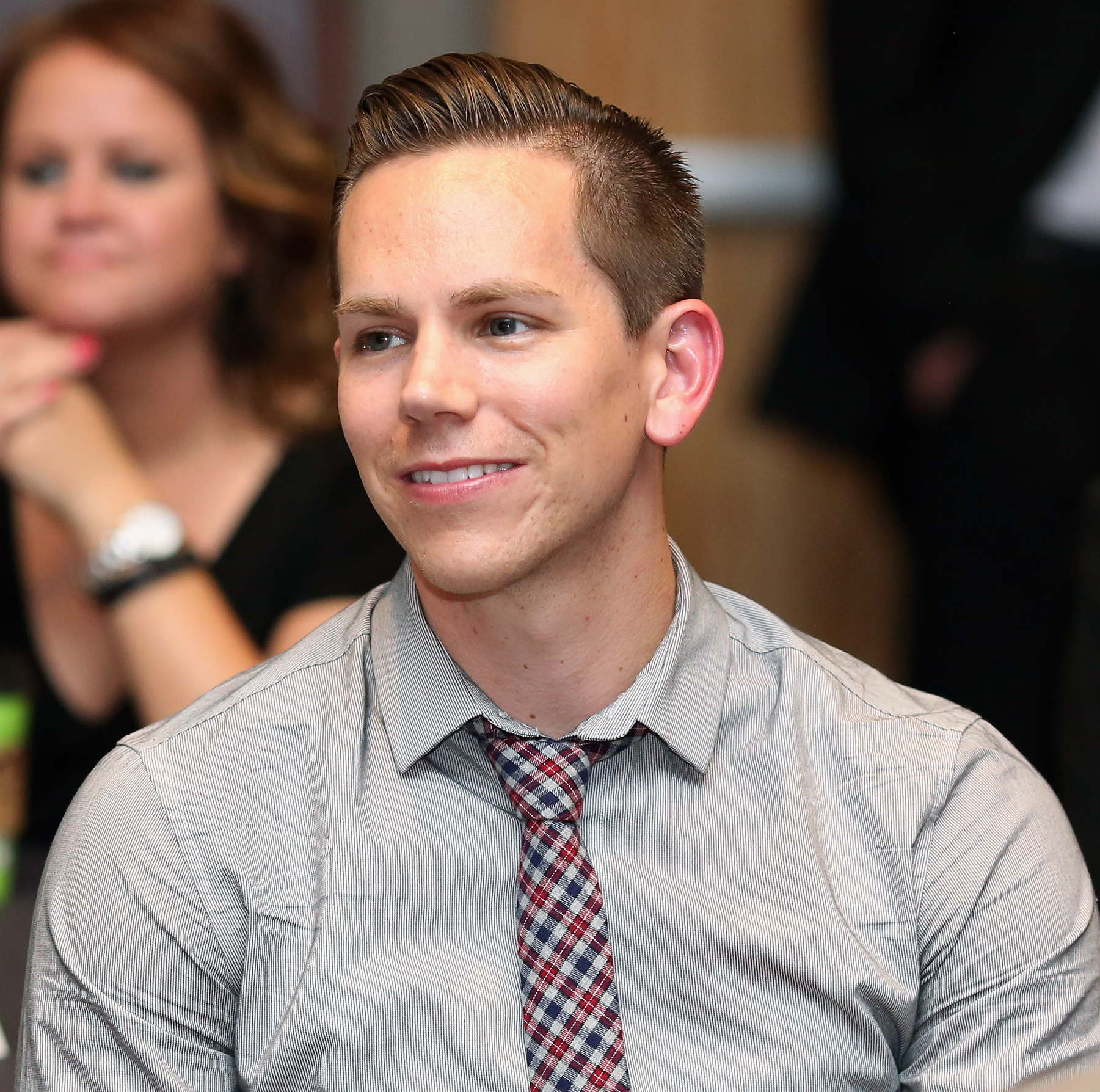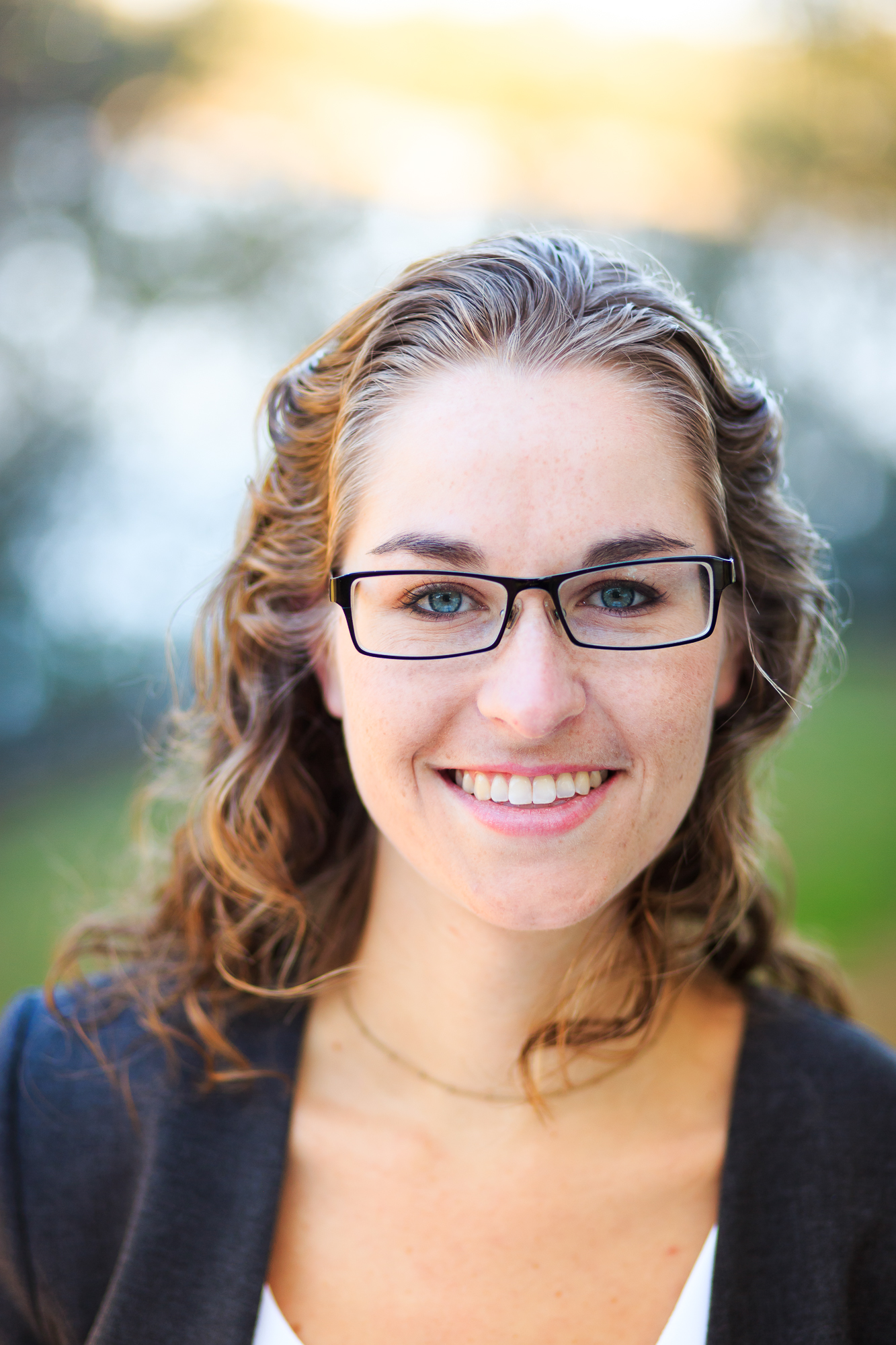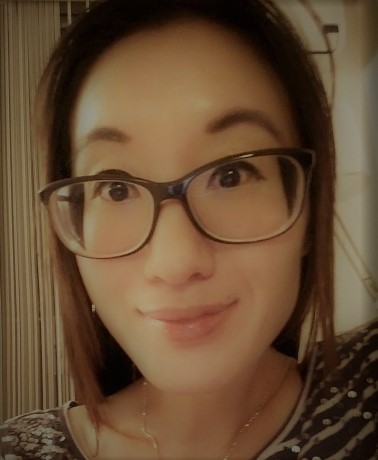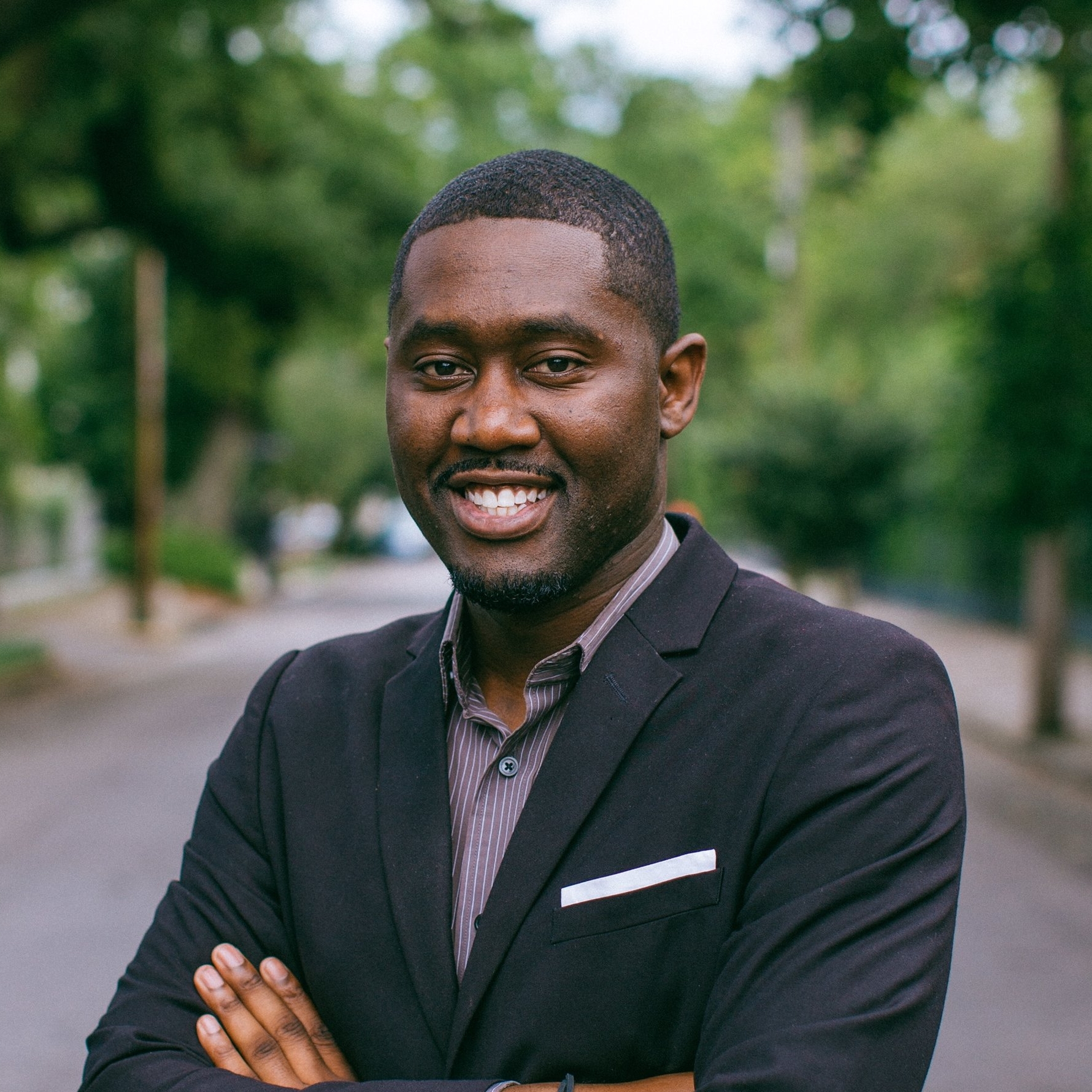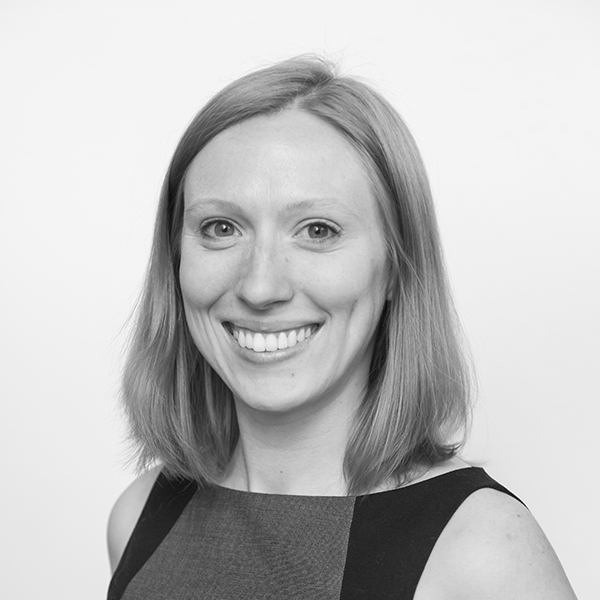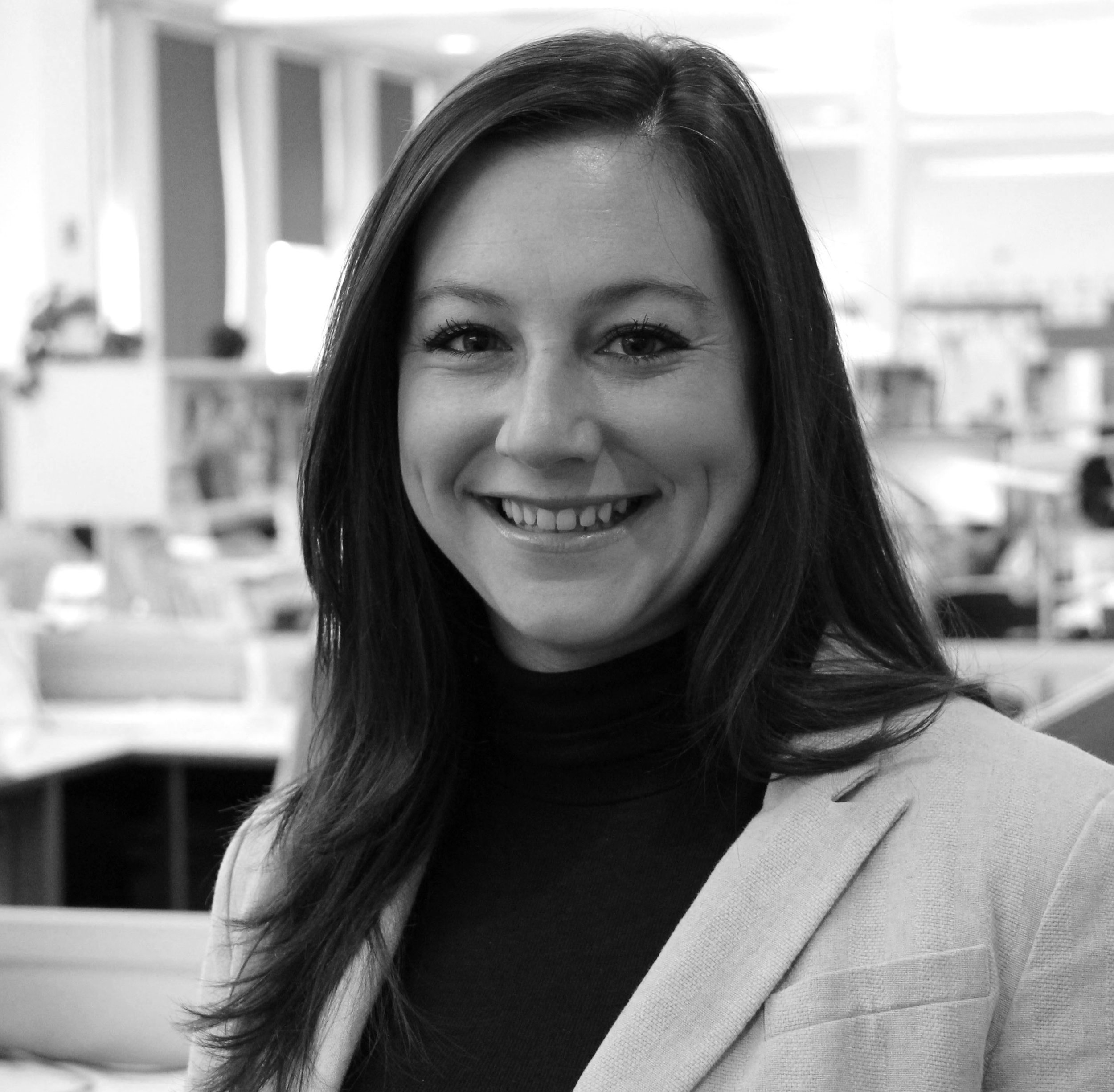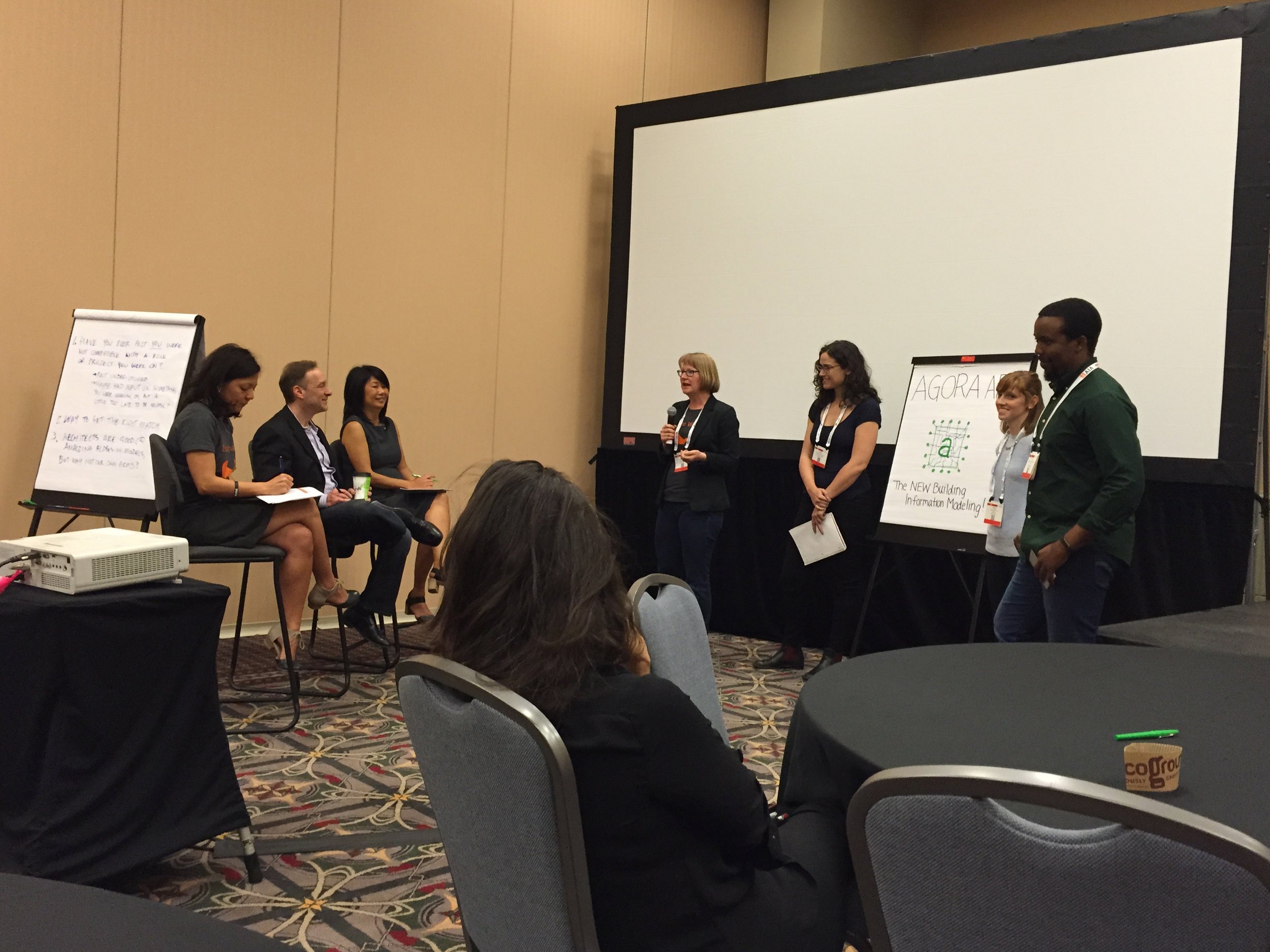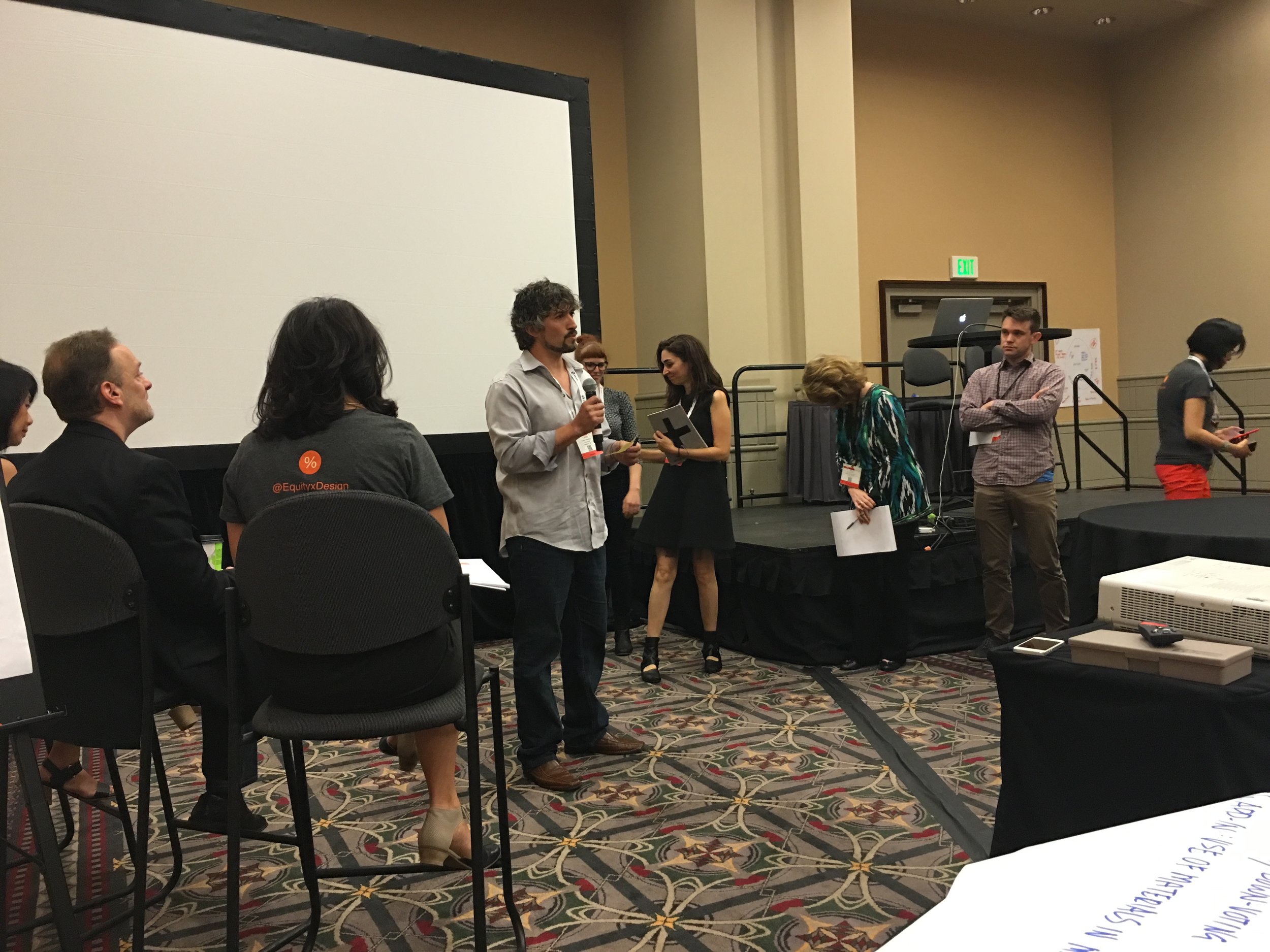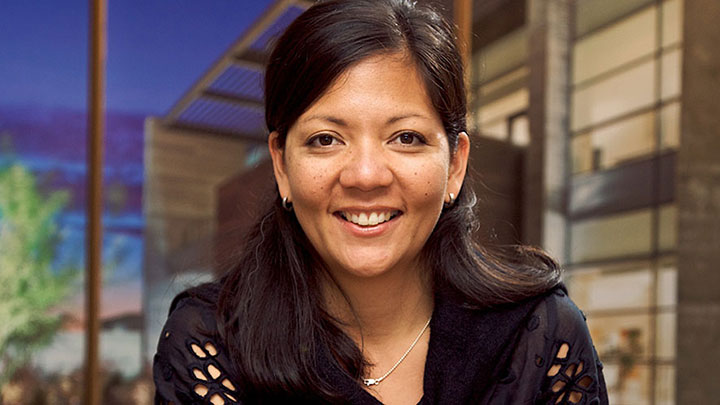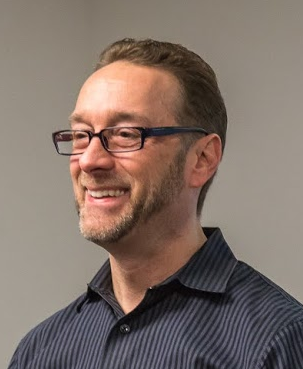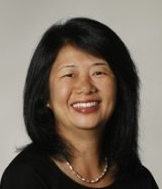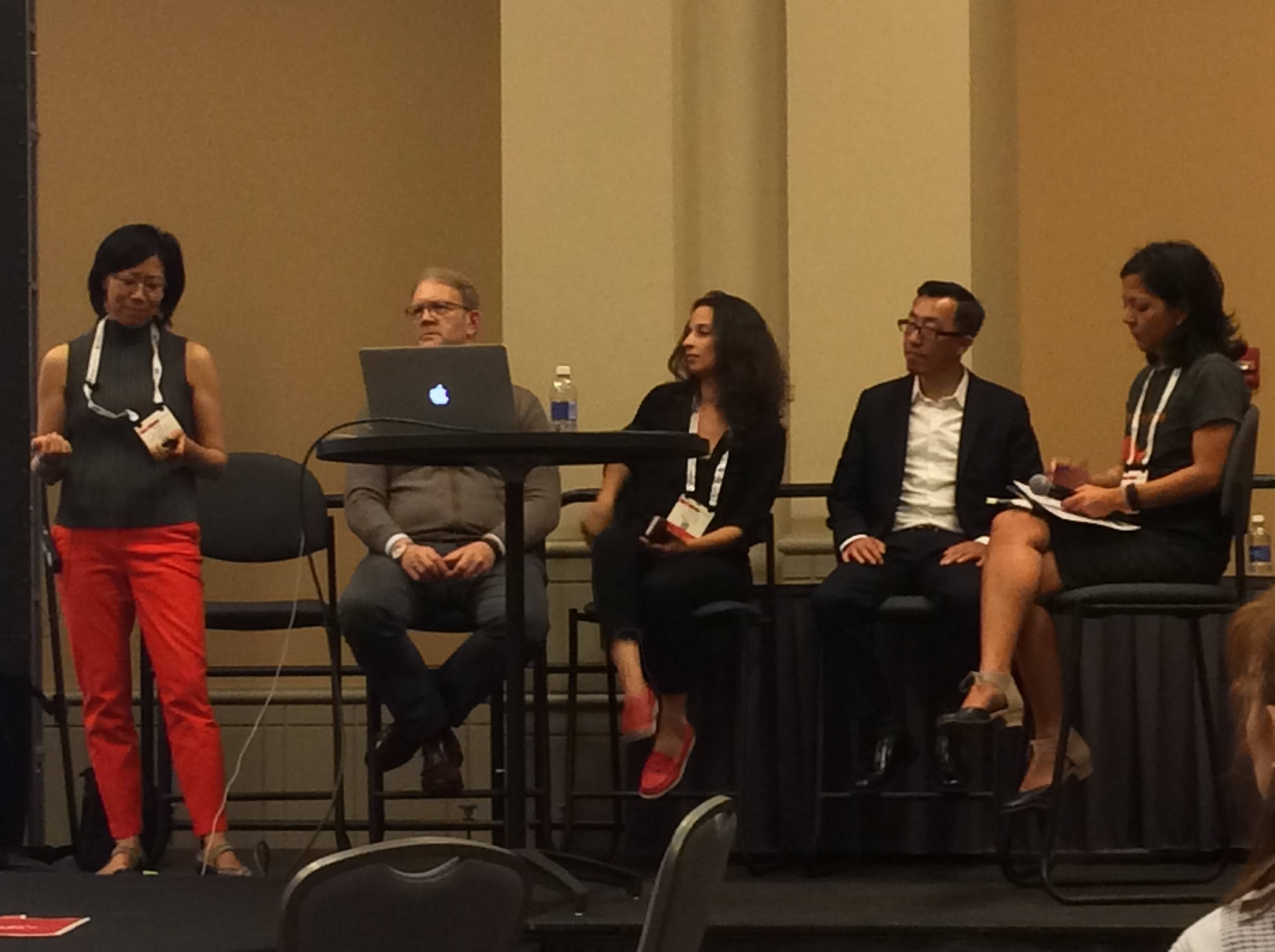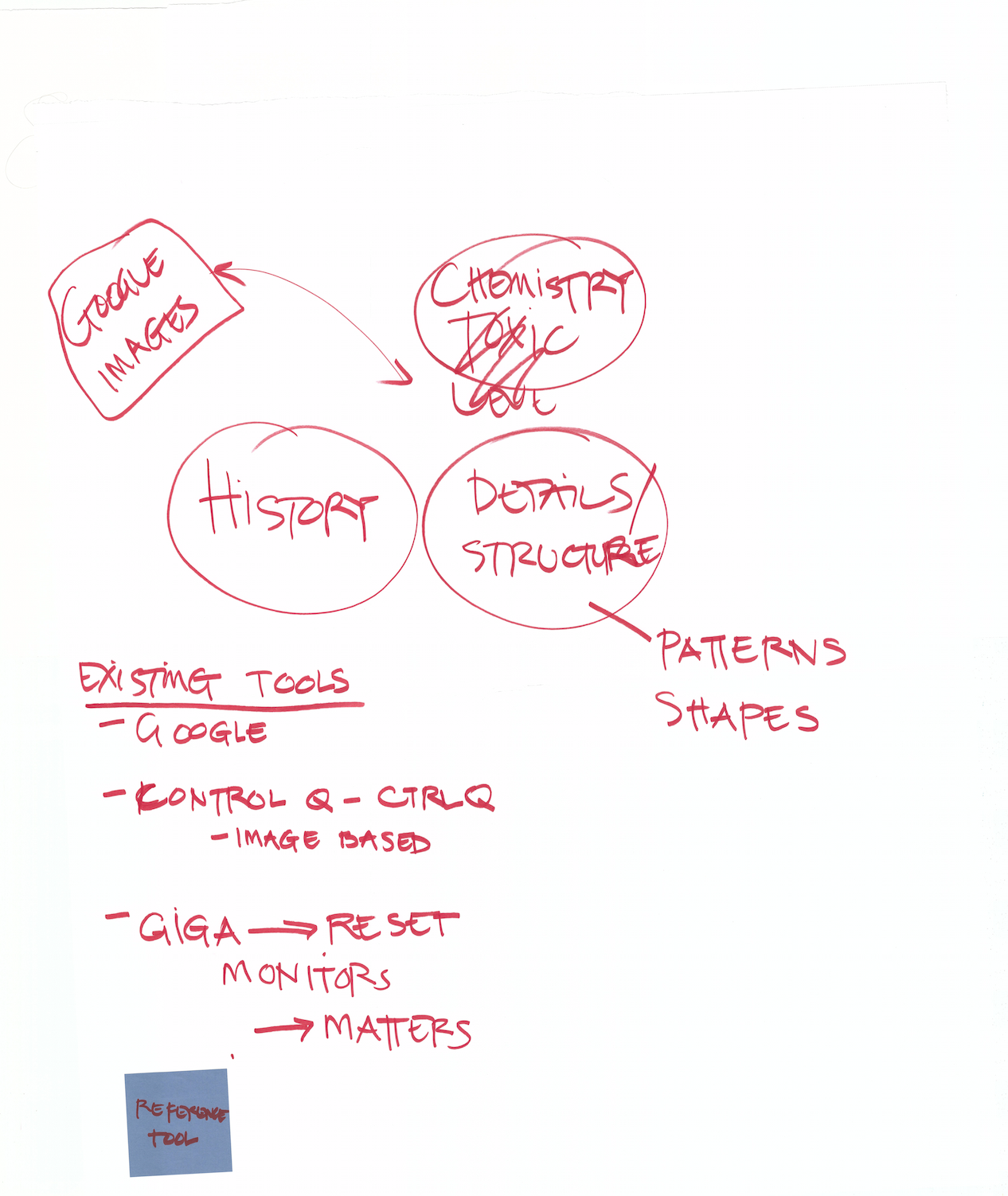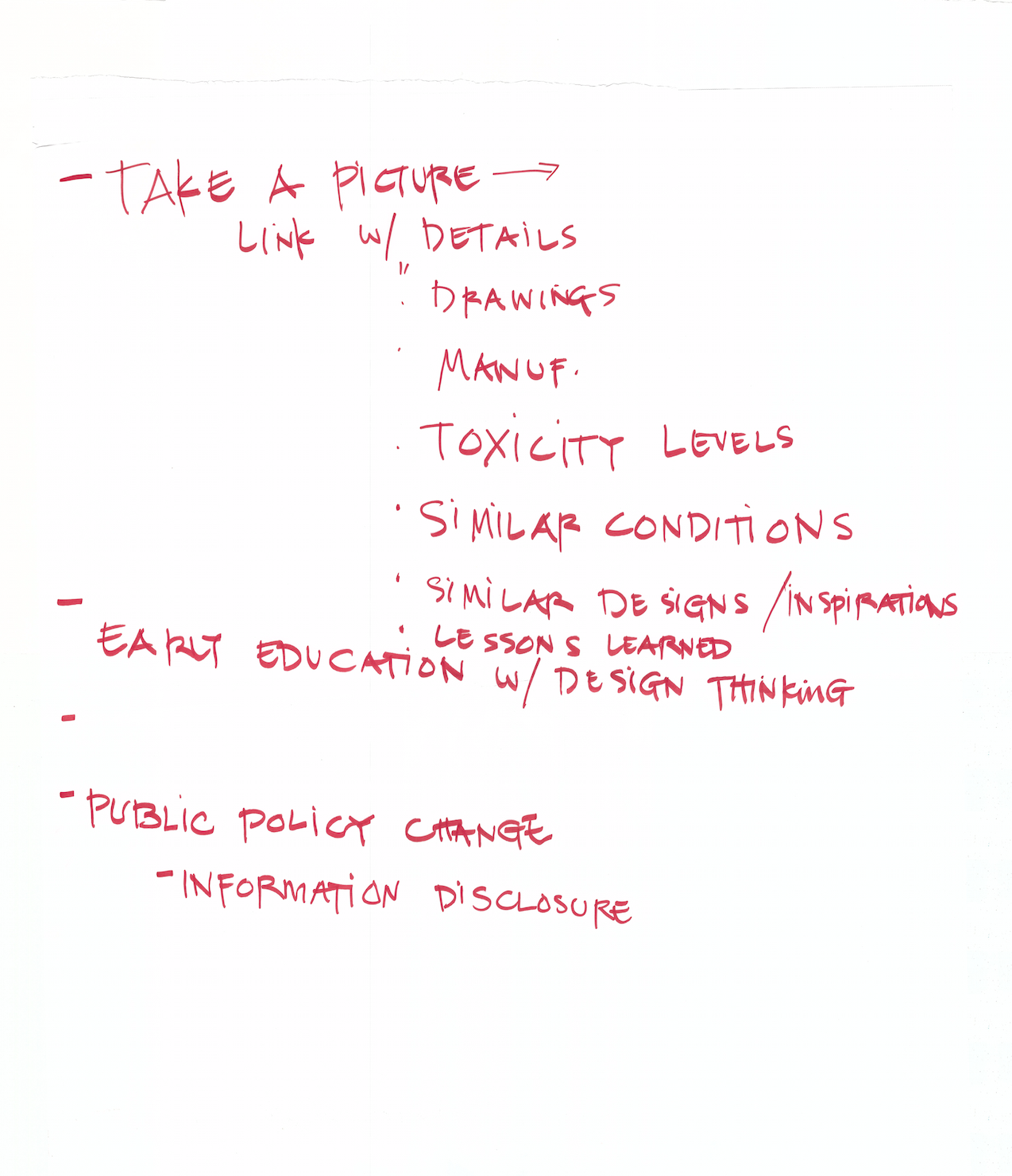What should I attend at A'18 AIA Conference on Architecture in NYC?
by Rosa T. Sheng, FAIA
If you are like me, I get overwhelmed by the vast amount of programs that are offered at AIA National Conference on Architecture. Add on that next week's marathon of events will be held in multiple locations in New York City and you have yourself a "deer in headlights." Have no fear, we have taken the guess work out of your experience with quality content that has been curated by topics we hold near and dear to us. Of course we will showcase the EQxD Seminars that we have crafted and honed over the past 4 years. We also want to expand our reach to those seminars that amplify our core values and mission.
EQxD Programs - Year 4
SOLD OUT!!!! EV202 EQxDHackathon: ArchitectuREvolution: Just, Equitable, Diverse, & Inclusive Practice
Date: Wednesday, June 20, 2018
Time: 1PM - 5PM
Location: Syracuse University's Fisher Center
Celebrating its 4th year, the EQxD Hackathon is an experience described as action-oriented and career changing. Groups of thought leaders, licensed architects, and emerging professionals will assemble in an incubator-like setting to apply radical thinking to develop transformational concepts for improving justice, equity, diversity and inclusion in architectural practice and the communities we serve. The event will lead off with luminary panelists, Danny Guillory of Autodesk, Katherine Darnstadt of Latent Design, Lilian Asperin of WRNS Studios, and Frances Choun, Equity Champion and long time past sponsor. Teams will present their hacks and the winner will have the opportunity to launch their concept into practice. This year we are excited to welcome #EQxDHack18 Scholarship Winners!
EQxDHack18 Scholarship Winners!
FR205 - Equity by Design: Architects as Catalysts for Community Engagement & Social Impact [1.50 LUs/RIBA]
Date: Friday, June 22, 2018
Time: 7:30 AM - 9:00 AM
Location: Javits Center, Room 1A07
How does architecture impact the social fabric of our communities, and how does equity influence outcomes? Hear from a panel of architect champions who are pushing the boundaries of social and cultural concern - Michael Ford, Katherine Darnstadt, Garrett Jacobs moderated by Rosa Sheng, FAIA . They'll discuss design as a problem-solving tool and explore how your work can affect the social structures of communities everywhere, creating measurable and practical effects on how people interact and experience community. By considering equitable access, you can reshape the way people experience public space and, by extension, public life. Join us for a revealing conversation about how you can be a catalyst for solving shared challenges, driving social change, and fostering engagement.
Equitable Practice Sessions
Practical skill builds and discussions for Career Pinch Point challenges
EV204 - Share Your Voice: Guides for the Future of Equitable Practice
Date: Wednesday, June 20, 2018
Time: 8:00 AM - 12:00 PM
Are you interested in building a more equitable workplace, but unsure of how to start? Do you have expertise on an equity issue that could benefit others? In either case, the Equity and the Future of Architecture Committee wants your feedback on a new series of Equitable Practice Guides designed to provide strategies for advancing equity within your workplace. Come ready to learn about EQ+FA's work, and to contribute your ideas towards a guidebook poised to shape the future of design practice.
TH317 - Show Me the Money? Exploring Pay Transparency [1.00 LU/RIBA]
Date: Thursday, June 21, 2018
Time: 8:45 AM - 9:45 AM
Location: Javits Center, Room 1E07
Pay transparency is a polarizing topic. Some argue that it has the potential to increase pay equity while improving trust and employee morale. Others argue against it, citing concerns that it prevents them from rewarding high performers and puts them at a disadvantage in a competitive talent market. Join this lively discussion and debate about the benefits and drawbacks of pay transparency. You'll hear a moderated panel discussion that will engage leaders from award-winning, nationally recognized firms. You'll also be able to assess whether pay transparency is a management strategy you would find beneficial in your own firm.
"J.E.D.I" Focused Sessions
What are the other must attend events at AIA Conference and Beyond? Last year we introduced the concept of J.E.D.I Architecture - Just, Equitable, Diverse and Inclusive ways that we, as citizen architects and civic design advocates, can transform our practices into vital, valued and relevant services to better serve our communities.
TH112 - Defense of the Public Realm [1.00 LU/HSW/GBCI/RIBA]
Date: Thursday, June 21, 2018
Time: 7:00 AM - 8:00 AM
Location: Hilton Midtown, 1334 6th Avenue, Regent Room
Times Square is the most visited place in New York, with over 40 million people passing through every year. Designing an open space where people want to gather while considering the security concerns of a post-9/11 New York was a unique challenge. Safety and security were critically important in designing New York's newest plaza, as evidenced by closing Broadway to car traffic and giving two-and-a-half acres back to pedestrians in the middle of Manhattan. Join Craig Dykers, founder of Snohetta and partner-in-charge of the Times Square plaza, to discuss the designer's critical role in dealing with security and freedom in public space.
TH409 - Addressing Inequality in Our Cities: Building a Resilient Future (ArchiTalk) [1.50 LUs/RIBA]
Date: Thursday, June 21, 2018
Time: 9:45 AM - 11:15 AM
Location: Hilton Midtown, 1335 6th Avenue, Trianon Ballroom
Structural disadvantages-racial segregation, poor infrastructure, and chronic underinvestment-have a significant impact on who benefits from community investment. Vulnerable communities are often disproportionately affected and often experience lasting consequences. Communities under stress, such as Boston, New Orleans, and Ferguson, Missouri, have revealed the lasting effects of segregation and racism and points of weakness that can no longer be ignored. Join us for this enlightening session to explore these complex issues in greater depth. A former mayor, former chief resilience officer, and two practicing architects will examine the complicated intersection of architecture, public health, climate change, and racism.
TH516 - A Citizen Architect’s Field Guide to Building Resilience. Get Involved! [1.00 LU/HSW/GBCI/RIBA]
Date: Thursday, June 21, 2018
Time: 10:30 AM - 11:30 AM
Location: Hilton Midtown, 1334 6th Avenue, Gramercy Room
Successful design and planning were never limited to the drafting table. When practitioners recognize the value of sharing their time, talent, and training to effect change in their communities, transformative worlds emerge. This panel will discuss how the role of architects shapes and supports state and local government before, in response to, and after a disaster. Come with an interest in doing more. Leave with a plan of action!
FR401 - A Conversation with Sir David Adjaye & Tamara Eagle Bull (Pro Series) [1.50 LUs/RIBA]
Date: Friday, June 22, 2018
Time: 9:45 AM - 11:15 AM
Location: The New School, 63 5th Avenue, Tishman Auditorium
Join us for a captivating moderated discussion with A'18 Day 1 Keynote Speaker and AIA Awards recipients. They'll be discussing topics such as leading change in the profession, legacy, community impact, etc.
FR407 - Building for Density & Affordability: Creating Resilient Equitable Urban Communities [1.50 LUs/HSW/GBCI/RIBA]
Date: Friday, June 22, 2018
Time: 9:45 AM - 11:15 AM
Location: Javits Center, Room 1E10
As global cities address the need for more affordable housing, little attention is paid to how these communities become socially and economically resilient. Amenities, including education, healthcare, retail, and open space are essential, along with civic engagement. Low-rise, high-density (LRHD) housing prototypes have introduced quantifiably better models for urban living compared to "tower in the park" models. Join this session and hear from an expert panel as they examine LRHD models around the globe and discuss the future of affordable housing and resilient communities.
SA104 - Citizen Architecture: Reinventing the American Legacy City [1.00 LU/RIBA]
Date: Saturday, June 23, 2018
Time: 8:00 AM - 9:00 AM
Location: The New School, 63 5th Avenue, Room UL105
Good cities demand excellence in brick and mortar - but also in inclusion and equity. Join this review of best-practice examples that illustrate how you can overcome "design of exclusion" from intended or unintended planning paradigms. You'll hear how you can engage your community using the pillars of professional ethics; support reinvestment in existing communities through co-ops, land trusts, and CDCs; leverage the cultural and physical DNA of the industrial legacy city; grow equity through "smart city" innovation and startups; and more. When it comes to shaping our futures, knowledge is power. This session will deliver real resources for effective practice.
SA401 - Social Entrepreneurship as a Practice Model (Pro Series) [1.50 LUs/RIBA]
Date: Saturday, June 23, 2018
Time: 1:45 PM - 3:15 PM
Location: The New School, 63 5th Avenue, Tishman Auditorium
Interested in learning how to integrate social impact work into your firm? We will discuss different models to operationalize community impact design. You will hear from four types of organizations’ traditional Architectural service firm (Leddy Maytum Stacy Architects), a nonprofit design & real estate development firm (Designing Justice + Designing Spaces), an international design network (Open Architecture Collaborative), and a nonprofit doing graphic design advocacy with communities (Center for urban Pedagogy). Each of these organizations takes a different approach to defining its services to reach its ideal clients. You'll learn how certain services that might seem nontraditional actually support the organizational mission while generating revenue to fuel growth. This session is part of the Pro Series, four seminars covering advanced topics. The Pro Series sessions are free with your A'18 registration.
Women in Leadership Sessions
These sessions cover topics focused on celebrating, advocating and advancing women into leadership and ownership of professional practices.
TH408 - Agents of Change: When Women Lead (ArchiTalk) [1.50 LUs/RIBA]
Date: Thursday, June 21, 2018
Time: 9:45 AM - 11:15 AM
Location: Hilton Midtown, 1334 6th Avenue, Mercury Ballroom
Throughout the architectural profession, more and more women are sitting at the leadership table, or at the head of that table. Hear from three different perspectives on what that leadership table looks like today and how they got there. What does increased leadership roles mean for women, and how have they changed their firms and the profession? How do they leverage their strengths to make a difference? Change within organizations can happen slowly and these leaders have been at the forefront, reshaping the firms and the practice of architecture. Learn from leaders who have carved paths to the top and hear how they hope to profession evolves in the future.
TH506 - From Young Female Designers to Firm Leaders: The Boston Experiment [1.00 LU/RIBA]
Date: Thursday, June 21, 2018
Time: 10:30 AM - 11:30 AM
Location: Javits Center, Room 1E07
What's possible when you bridge the gap between young female designers and leaders in architecture?
This session is a reflection on a one-year experiment on design equity in Boston called the Girl UNinterrupted Project. The experiment served three key functions: It offered a manual to young designers on how to jump-start careers, it provided firm leaders with an understanding of young designers' struggles, and it offered suggestions for creating an office culture that is equitable and maximizes talent.
Gain critical insights from these firsthand accounts, and bring practical knowledge back to your practice.
TH509 - The Missing 32 Percent (Women) & Missing Small Architects [1.00 LU/RIBA]
Date: Thursday, June 21, 2018
Time: 10:30 AM - 11:30 AM
Location: Javits Center, Room 1E12
Women architects and firm owners still have meager access to steady and meaningful project opportunities. Licensing statistics are low for women, and they also face roadblocks to prosperity and equal access similar to small firms. This session takes a critical look at the reasons why.
Join this solutions-based discussion addressing the gender disparity that is still pervasive in the architecture profession.
Led by a woman FAIA and a panel of public sector leaders, you'll dissect how to expand access to steady and meaningful project opportunities for women architects and small firm owners. You'll explore potential solutions, including how public sector could make a difference.
Professional Conduct - Harassment Free Workplace Culture Sessions
FR519 - Harassment in the Workplace, Part 1-Compliance and Culture: Building a Respectful & Harassment-Free Workplace Culture [1.00 LU/RIBA]
Date: Friday, June 22, 2018
Time: 10:30 AM - 11:30 AM
Location: Javits Center, Room 1E14
Every organizational leader has the responsibility to create a culture that values diversity, demonstrates respect, and is free from any form of harassment or discrimination. This session will cover both the compliance and legal issues related to harassment in the workplace and will outline the values, norms, and practices that must be in place in order to prevent harassment from being a common occurrence. The presenter will introduce participants to the most current information regarding forms of harassment in the workplace and the federal laws that prohibit it. She will also help leaders understand what constitutes inappropriate behavior, what actions must be taken to address it, and how they can create a more respectful, inclusive, and harassment-free workplace culture.
SA113 - Harassment in the Workplace, Part 2-Community and Resources: Hearing Voices & Exploring Conversation Strategies [1.00 LU/RIBA]
Date: Saturday, June 23, 2018
Time: 8:00 AM - 9:00 AM
Location: Hilton Midtown, 1334 6th Avenue, Mercury Ballroom
Panelists will provide an introduction on the topic of harassment, and there will be an open forum in which participants will be able to raise various factual scenarios for discussion. The panelists will respond to questions, covering prevention, reporting and long-term remedies. The session will also cover key resources, including relevant government agencies and other organizations, as well as educational resources.
Other "Must Attend" Events
A+ Session: Architectural Activism Then & Now
12:50pm, Friday, June 22 Javits Center Exhibit Hall
Abstract: Design should create a feeling of social, racial, and cultural equity. These leading architects are challenging the industry to create spaces that change behavior and advance inclusivity. Attend this session to learn how.
Moderator: Bill Richards, senior director, digital content strategy, AIA
Tiffany Brown,
Now What?! is the first exhibition to examine the little-known history of architects and designers working to further the causes of the civil rights, women’s, and LGBTQ movements of the past fifty years. The exhibition content, conversations, and stories will inspire a new generation of design professionals to see themselves as agents of change by looking at the past to see new ways forward.
An exhibition by ArchiteXX.
NOW ON VIEW
HAZEL AND ROBERT H. SIEGEL GALLERY, PRATT INSTITUTE, BROOKLYN, NEW YORKMAY 24 – JULY 6, 2018
OUT OF THE SHADOWS: BLACK WOMEN’S ACTIVISM & WRITING THE BLACK EXPERIENCE IN ARCHITECTURE
Friday, June 22, 2018
11:00 AM - 12:30 PM
S9 Architecture - 460 West 34th Street, 20th floor New York, NY, 10001
1. Black Women Architects: A History of Activism 11:00–11:45
Moderator: Roberta Washington
- Panelists:
- Alexa Donaphin, AIA, NOMA
- Kathryn Prigmore, FAIA, NOMA
- Katherine Williams, AIA, NOMA
2. Out of the Shadows: Telling the Story of African American Architects 11:45–12:30
Moderator: Pascale Sablan or Roberta Washington
- Panelists:
- Kathleen Ettienne, NOMA
- Brad Grant, AIA, NOMA
- Melvin Mitchell, FAIA, NOMA
VOICES OF EQUITY - FLASH MOB
Friday, 12:30-2pm - Location Details Forthcoming
Inspired by the energy of the flash mob event from the Voices of Women (VOWArchitects.com) in Venice, a consortium of architectural activist groups and individuals will gather as a united group for "Voices of Equity" to support the equitable treatment of all design professionals of diverse identities and backgrounds. We will gather to show solidarity and share in reading a manifesto for dignity and respect for all. Stay tuned for more information.

